The Role of Fault Tolerance in Achieving Distributed Consensus
Welcome to our comprehensive exploration of fault tolerance and its crucial role in achieving distributed consensus within the realm of distributed ledger technology (DLT). Whether you are a tech enthusiast or a professional seeking insights into the future of DLT, understanding fault tolerance is essential for grasping the potential impact it may have on your personal and professional life. So, let’s dive in!
A Historical Overview of Distributed Consensus in DLT
Before delving into fault tolerance, let’s explore the evolution of distributed consensus within the context of distributed ledger technology. Distributed consensus refers to the process by which multiple participants in a network reach an agreement on a single value or state for a shared dataset. It ensures that all nodes in the network have the same copy of the ledger, creating trust and eliminating the need for intermediaries.
The concept of distributed consensus dates back to the early 1980s with the emergence of the Byzantine Generals Problem, a hypothetical scenario that investigates the challenges of achieving consensus in a network prone to failures or malicious actors. Over time, researchers and technologists developed various algorithms and protocols to solve this problem and establish fault-tolerant distributed consensus mechanisms.
One milestone in distributed consensus is the introduction of the Proof of Work (PoW) algorithm by Satoshi Nakamoto in 2008, as a fundamental building block for the groundbreaking decentralized cryptocurrency, Bitcoin. PoW allowed for the creation of a trustless, fault-tolerant network where consensus is achieved through computational puzzles and competitive mining.
Since then, other consensus mechanisms like Proof of Stake (PoS), Delegated Proof of Stake (DPoS), and Practical Byzantine Fault Tolerance (PBFT) have emerged, each addressing certain challenges and offering unique advantages in terms of scalability, energy efficiency, and security.
The Advantages and Disadvantages of Fault Tolerance
Fault tolerance plays a vital role in ensuring the reliability, integrity, and stability of distributed consensus in DLT. Let’s explore its advantages and disadvantages:
- Advantages:
- Enhanced resilience: A fault-tolerant system can withstand failures, malicious attacks, or network disruptions without compromising the consensus process.
- Reduces single points of failure: By employing redundant components and consensus algorithms, fault tolerance eliminates the risk of a single entity or node causing widespread disruption or manipulation of the ledger.
- Increases network security: Fault tolerance mechanisms, such as Byzantine Fault Tolerance, protect against malicious actors attempting to compromise the integrity of the shared dataset.
- Disadvantages:
- Increased complexity: Implementing fault tolerance mechanisms adds complexity to DLT systems, requiring additional resources, advanced algorithms, and careful design to ensure their effectiveness.
- Higher energy consumption: Some fault tolerance protocols, like Proof of Work, may require significant computational power, leading to increased energy consumption and environmental concerns.
- Potential for slower consensus: Fault tolerance mechanisms can introduce delays in achieving consensus due to the need for redundancy and additional verification steps.
Practical Applications and Real-World Examples
Let’s explore the practical applications of fault tolerance in achieving distributed consensus:
1. Supply Chain Management: By utilizing fault tolerance mechanisms, DLT platforms can ensure transparency, traceability, and immutability of supply chain transactions, reducing counterfeiting and fraud while increasing efficiency and trust.
2. Financial Services: Fault tolerance in DLT enables secure and transparent transactions, eliminating the need for intermediaries, reducing costs, and providing faster settlement times.
3. Healthcare: With fault tolerance, DLT can securely store and share patient records, ensuring data integrity, privacy, and reducing the risk of errors.
4. Voting Systems: By leveraging fault tolerance mechanisms, DLT can offer secure and tamper-proof voting systems, enhancing the transparency and integrity of democratic processes.
The Future of Fault Tolerance and Distributed Consensus
The future of fault tolerance in achieving distributed consensus within DLT holds immense potential. Here are some predictions:
- Advancements in consensus algorithms: Researchers continue to explore and develop novel consensus algorithms to further enhance fault tolerance, scalability, and energy efficiency.
- Interoperability among DLT platforms: Fault tolerance mechanisms will play a crucial role in enabling interoperability among different DLT platforms, fostering collaboration and synergy.
- Integration with Internet of Things (IoT): As IoT devices become more prevalent, fault-tolerant DLT systems will play a vital role in ensuring the integrity and security of data exchanged among devices.
More in this category ...
Ripple companions with SBI Group and HashKey DX for XRPL answers in Japan

April sees $25M in exploits and scams, marking historic low ― Certik

MSTR, COIN, RIOT and different crypto shares down as Bitcoin dips

EigenLayer publicizes token release and airdrop for the group

VeloxCon 2024: Innovation in knowledge control

Successful Beta Service release of SOMESING, ‘My Hand-Carry Studio Karaoke App’

Dogwifhat (WIF) large pump on Bybit after record reasons marketplace frenzy
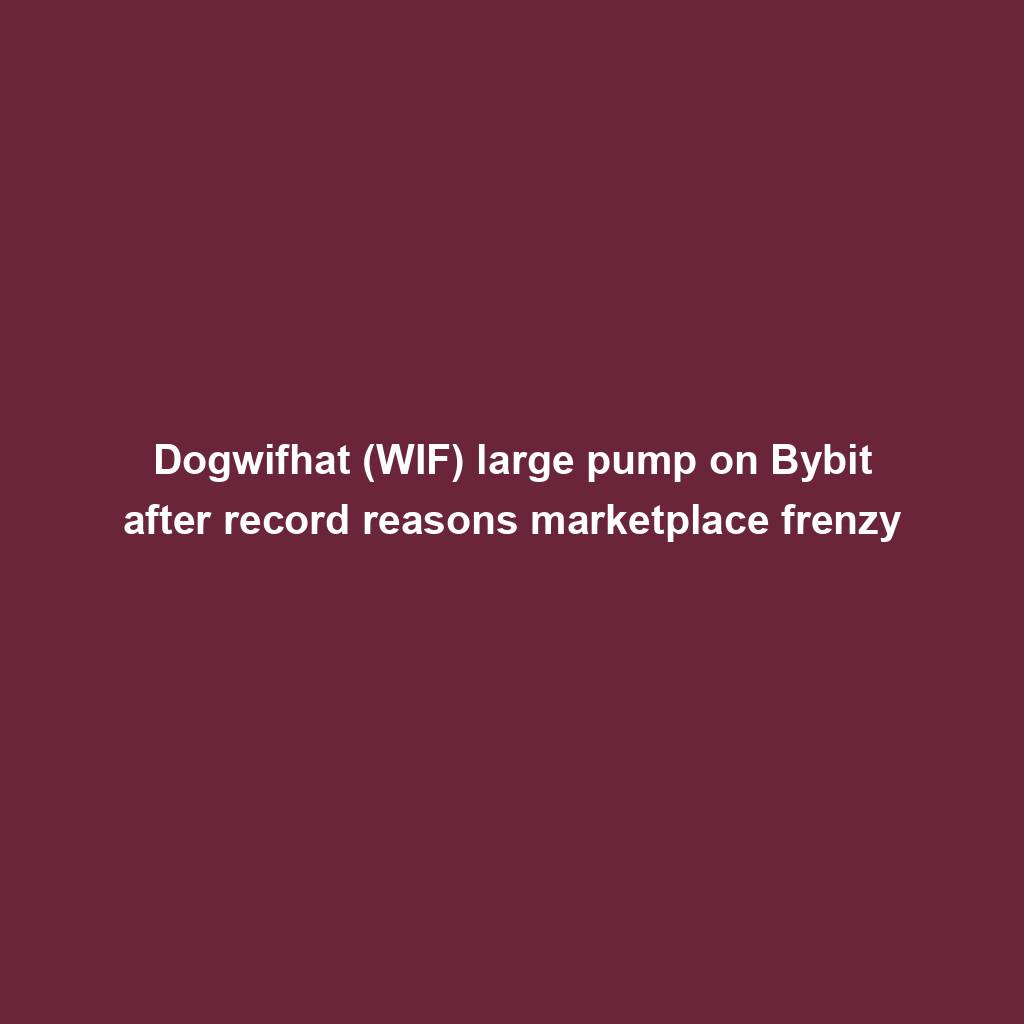
How fintech innovation is riding virtual transformation for communities around the globe

Wasabi Wallet developer bars U.S. customers amidst regulatory considerations

Analyst Foresees Peak In Late 2025

Solo Bitcoin miner wins the three.125 BTC lottery, fixing legitimate block

Ace Exchange Suspects Should Get 20-Year Prison Sentences: Prosecutors

Google Cloud's Web3 portal release sparks debate in crypto trade

Bitcoin Primed For $77,000 Surge

Bitbot’s twelfth presale level nears its finish after elevating $2.87 million

PANDA and MEW bullish momentum cool off: traders shift to new altcoin

Commerce technique: Ecommerce is useless, lengthy are living ecommerce

Republic First Bank closed by way of US regulators — crypto neighborhood reacts
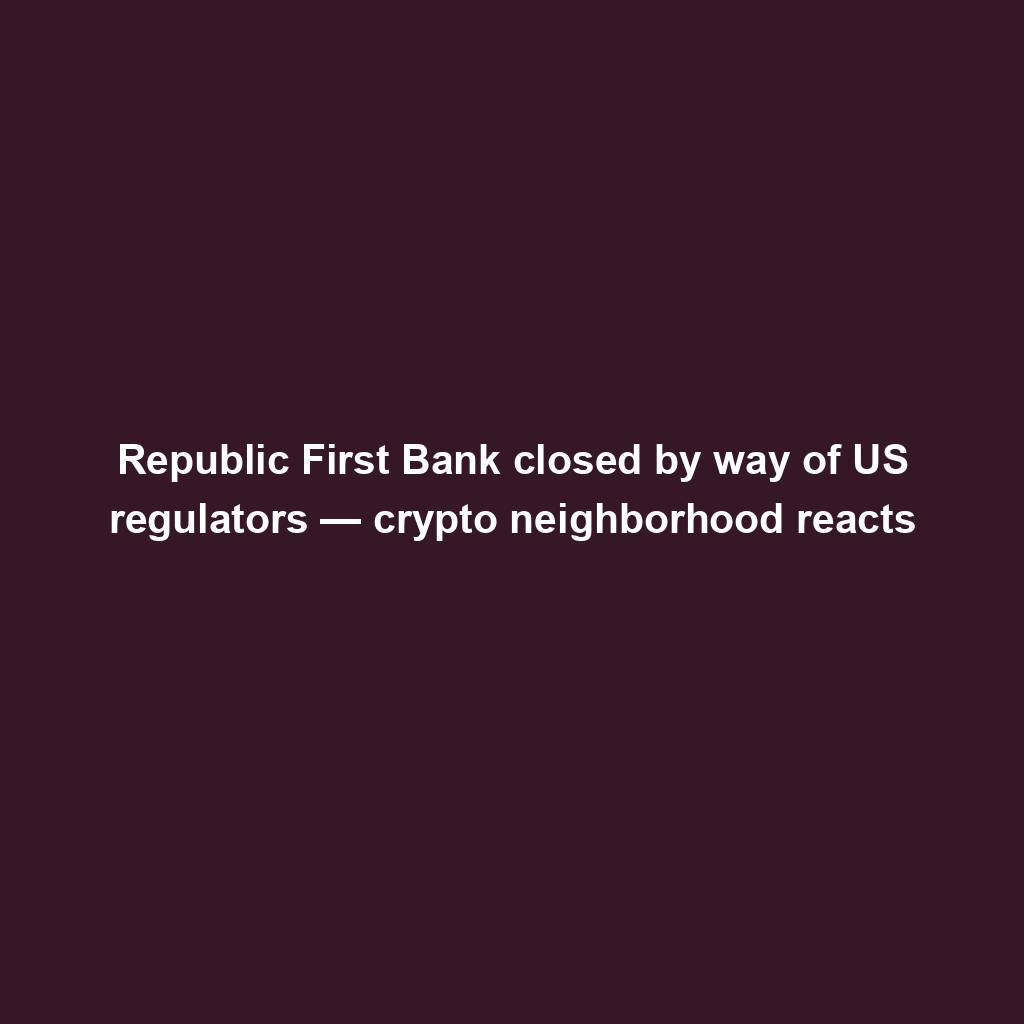
China’s former CBDC leader is beneath executive investigation

Bigger isn’t all the time higher: How hybrid Computational Intelligence development permits smaller language fashions
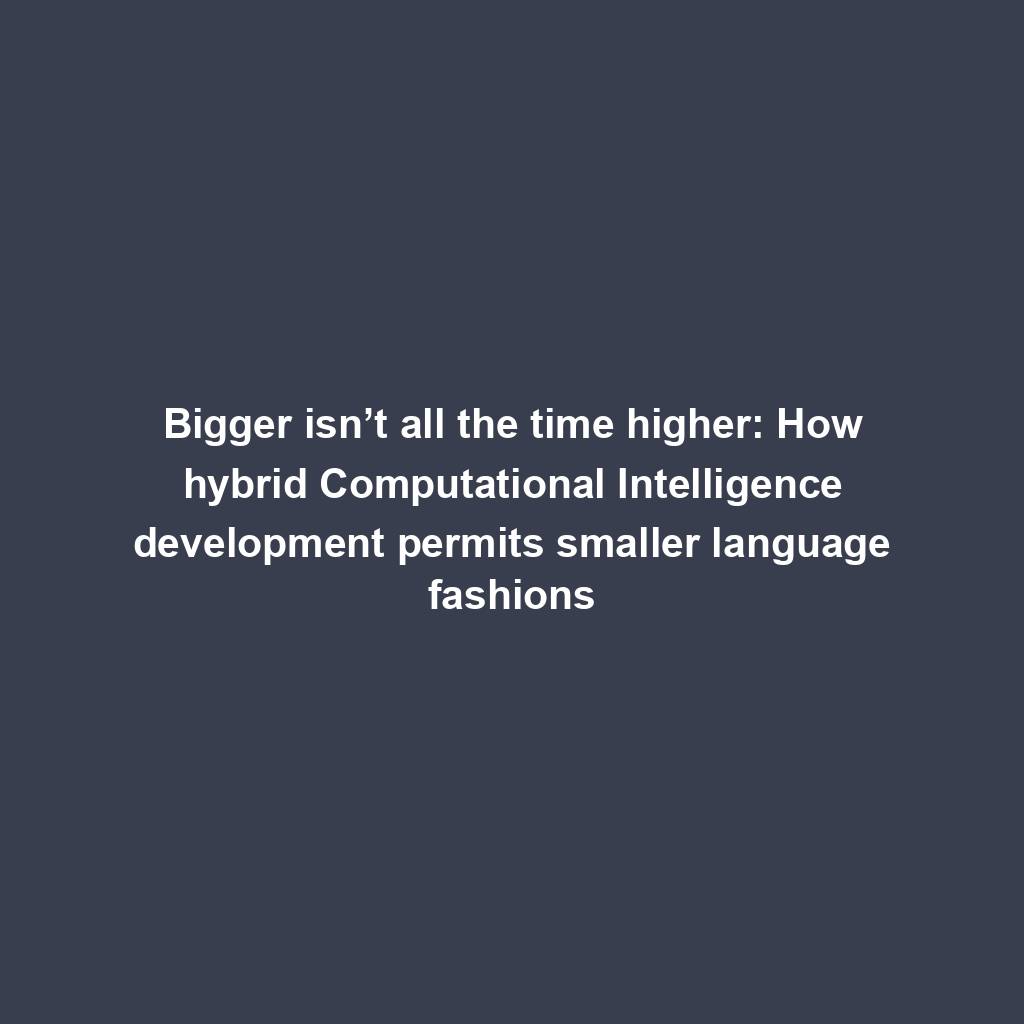
Pantera Capital buys extra Solana (SOL) from FTX
Successful Beta Service release of SOMESING, ‘My Hand-Carry Studio Karaoke App’

SEC sues Bitcoin miner Geosyn Mining for fraud; Bitbot presale nears $3M

Business procedure reengineering (BPR) examples

85% Of Altcoins In “Opportunity Zone,” Santiment Reveals

Sam Altman’s Worldcoin eyeing PayPal and OpenAI partnerships

Artificial Intelligence transforms the IT strengthen enjoy
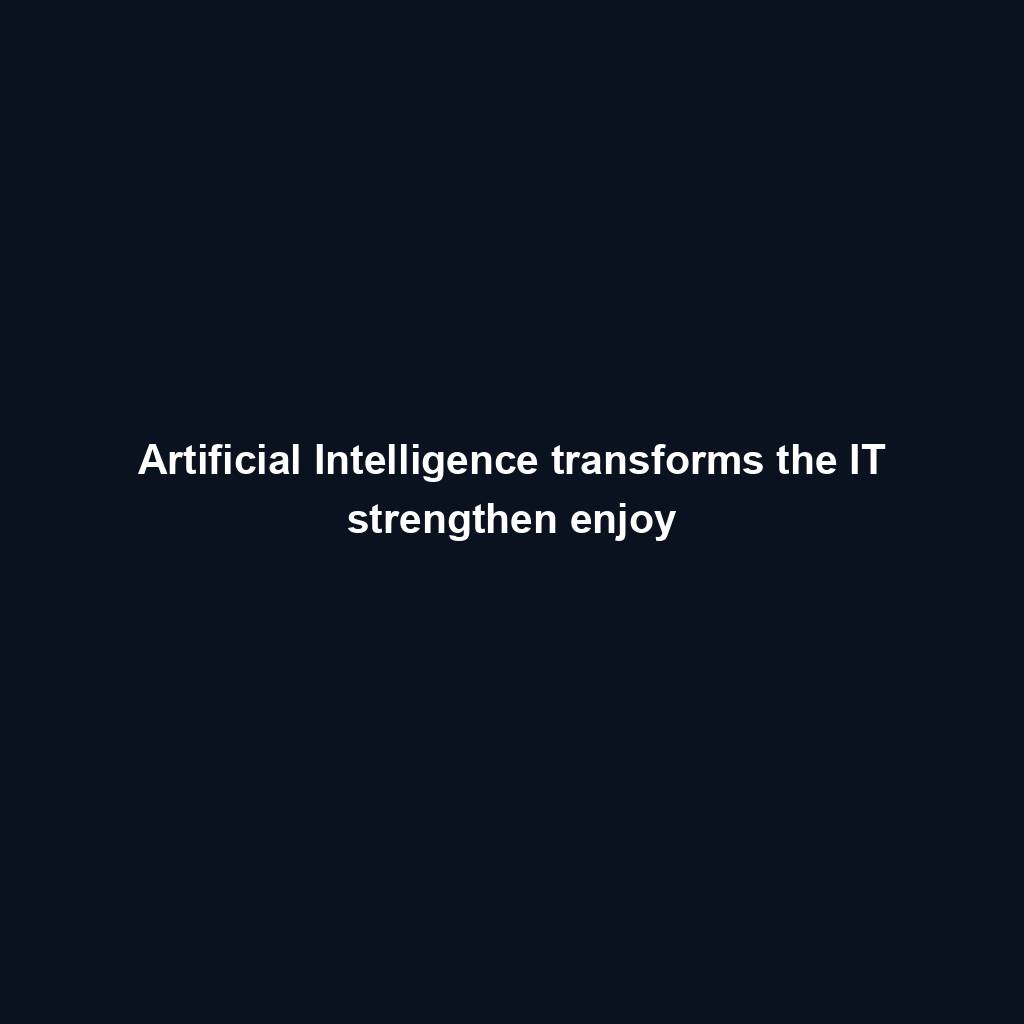
Franklin Templeton tokenizes $380M fund on Polygon and Stellar for P2P transfers
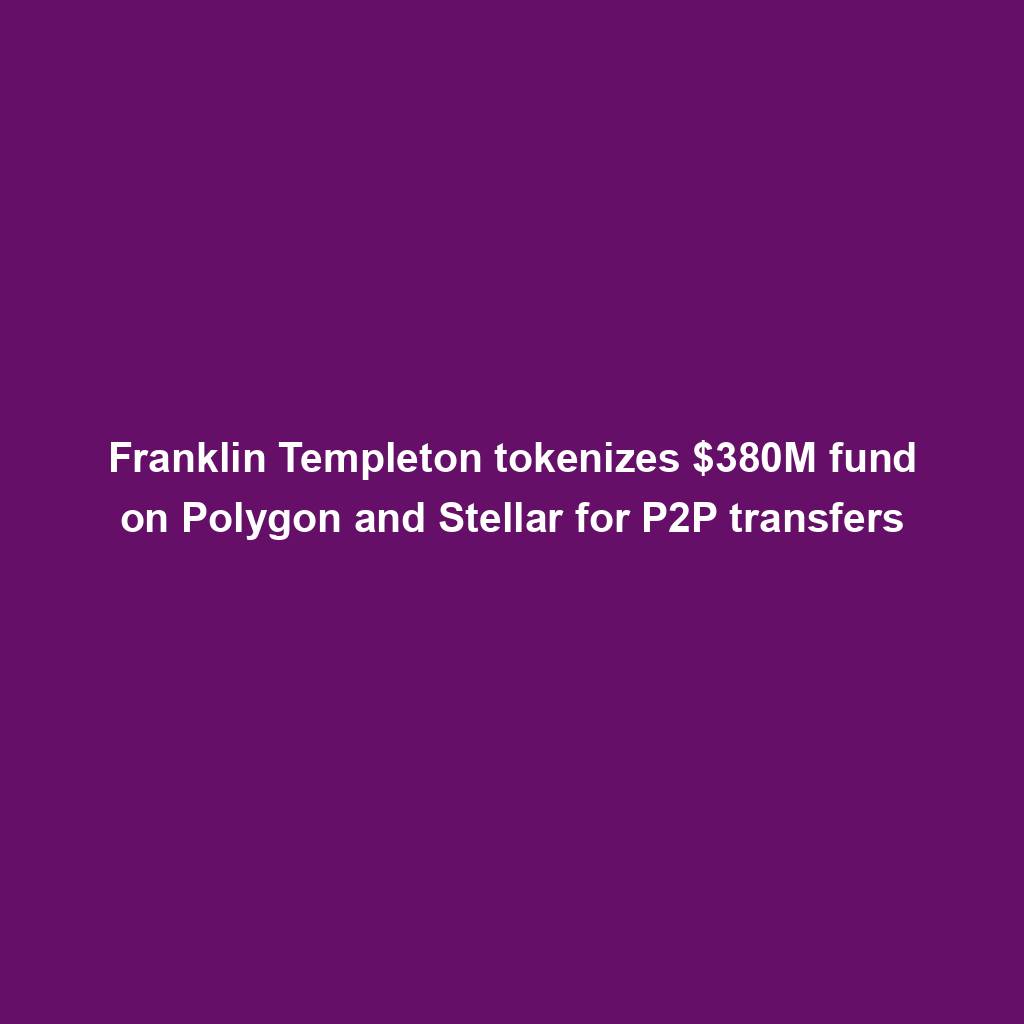
Meta’s letting Xbox, Lenovo, and Asus construct new Quest metaverse {hardware}

Shiba Inu (SHIB) unveils bold Shibarium plans as Kangamoon steals the display
